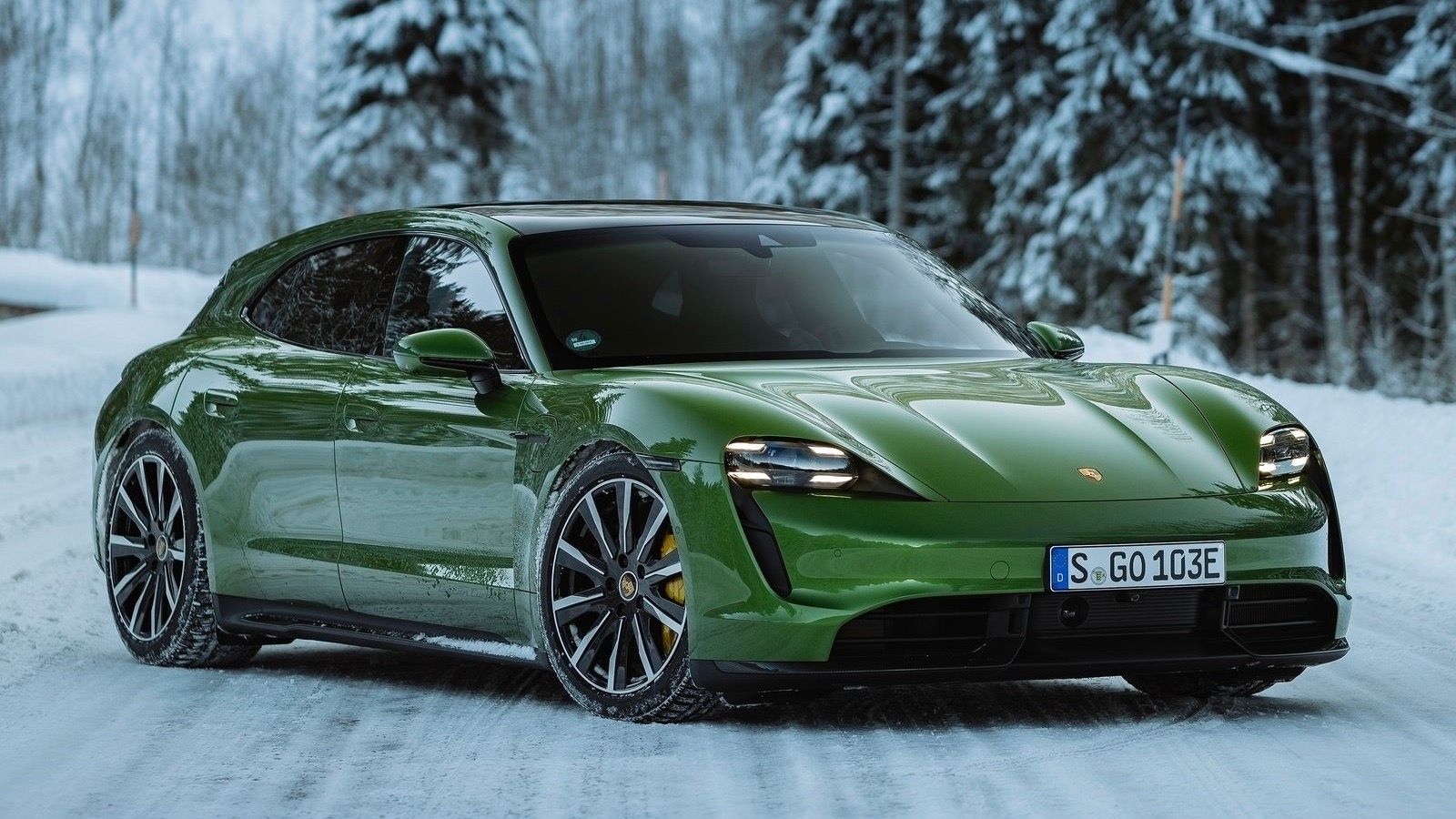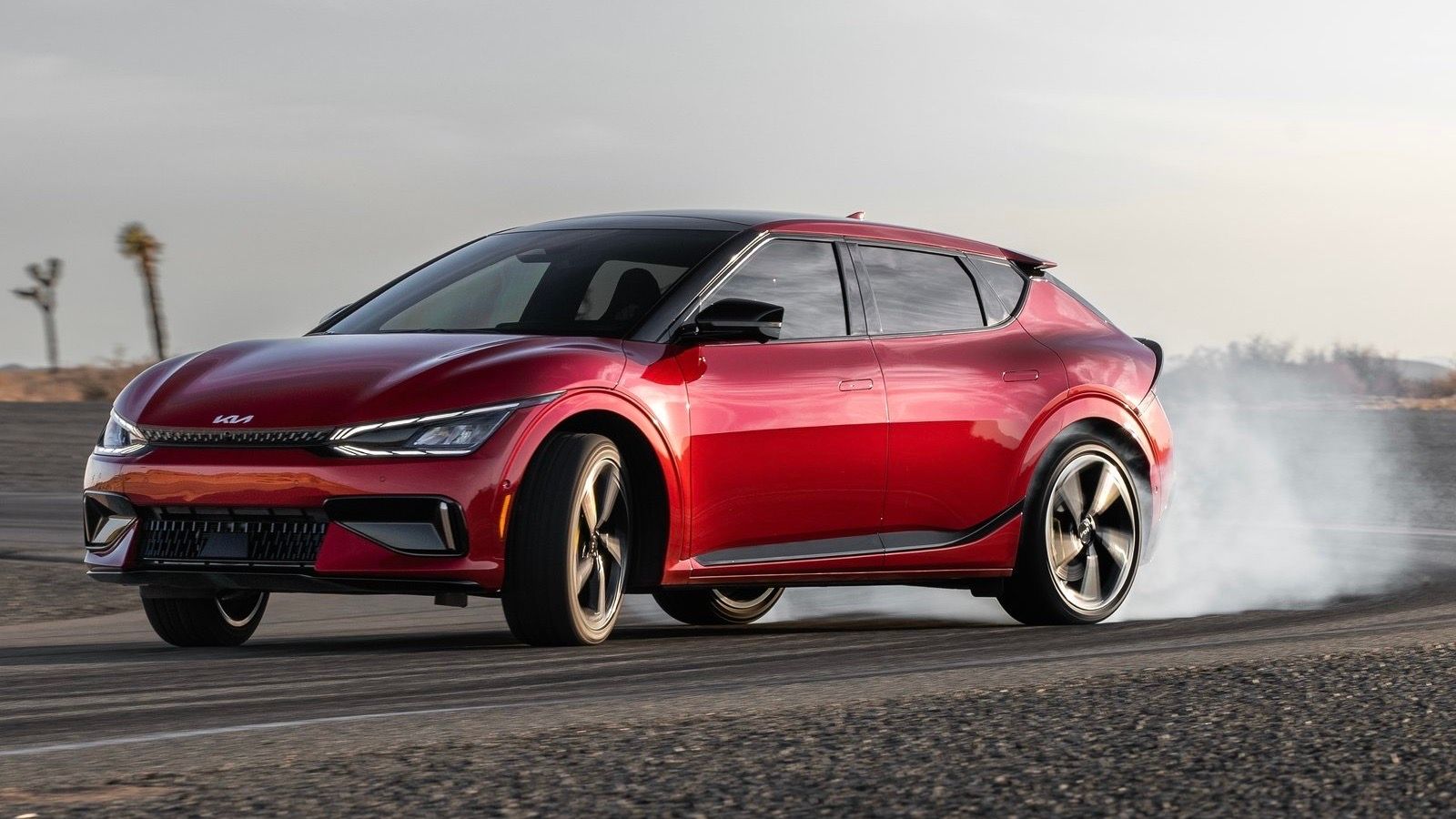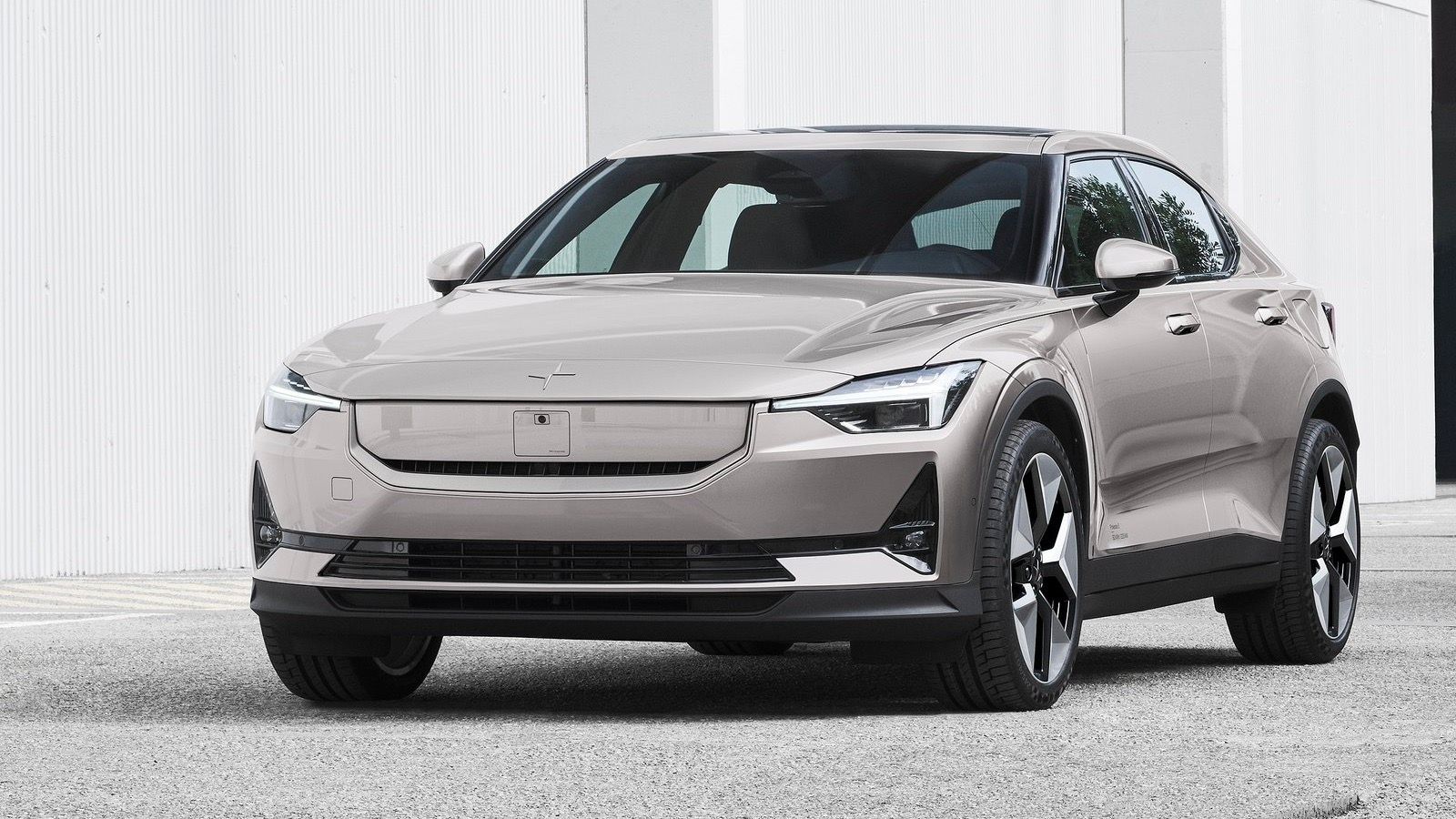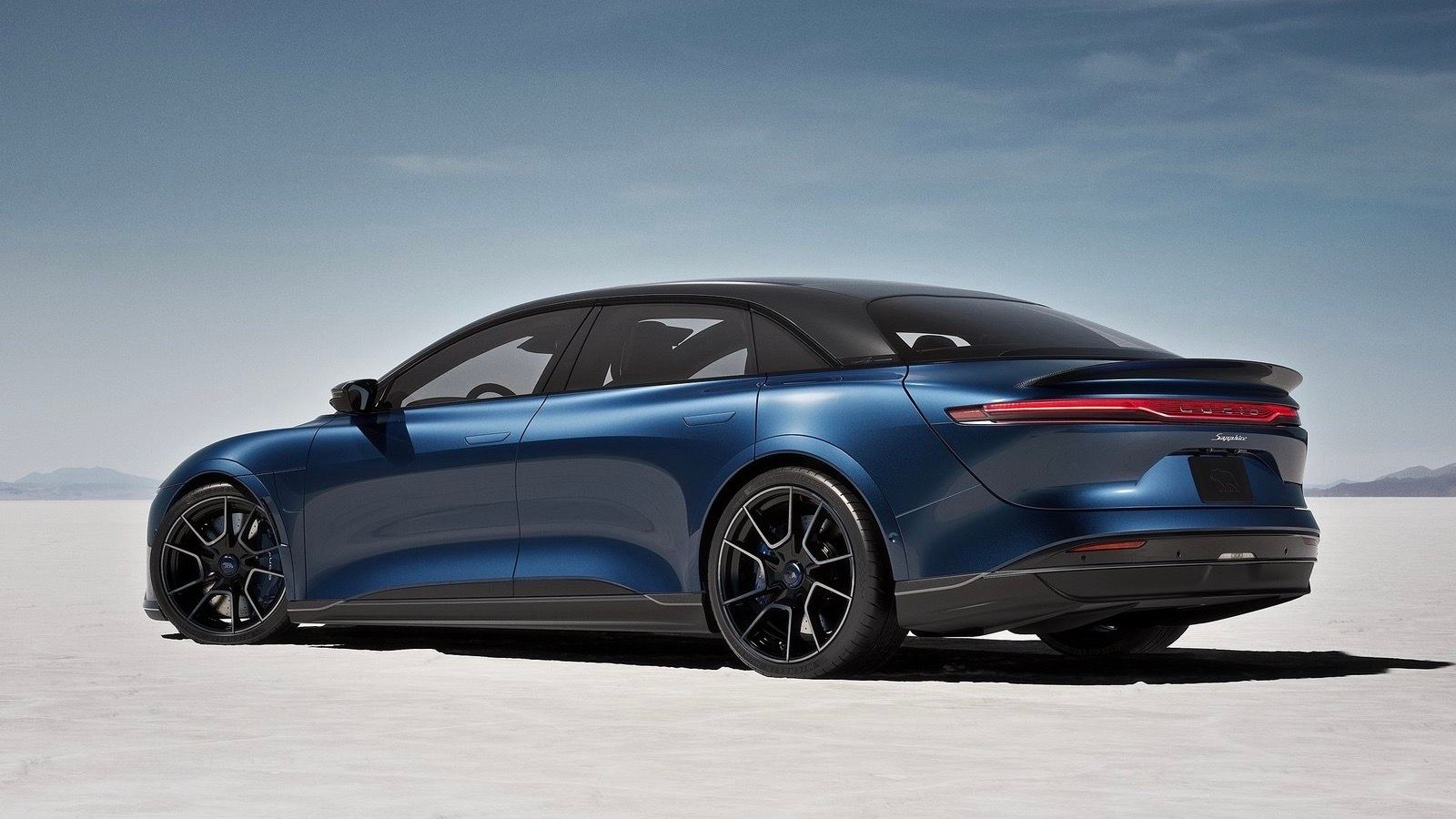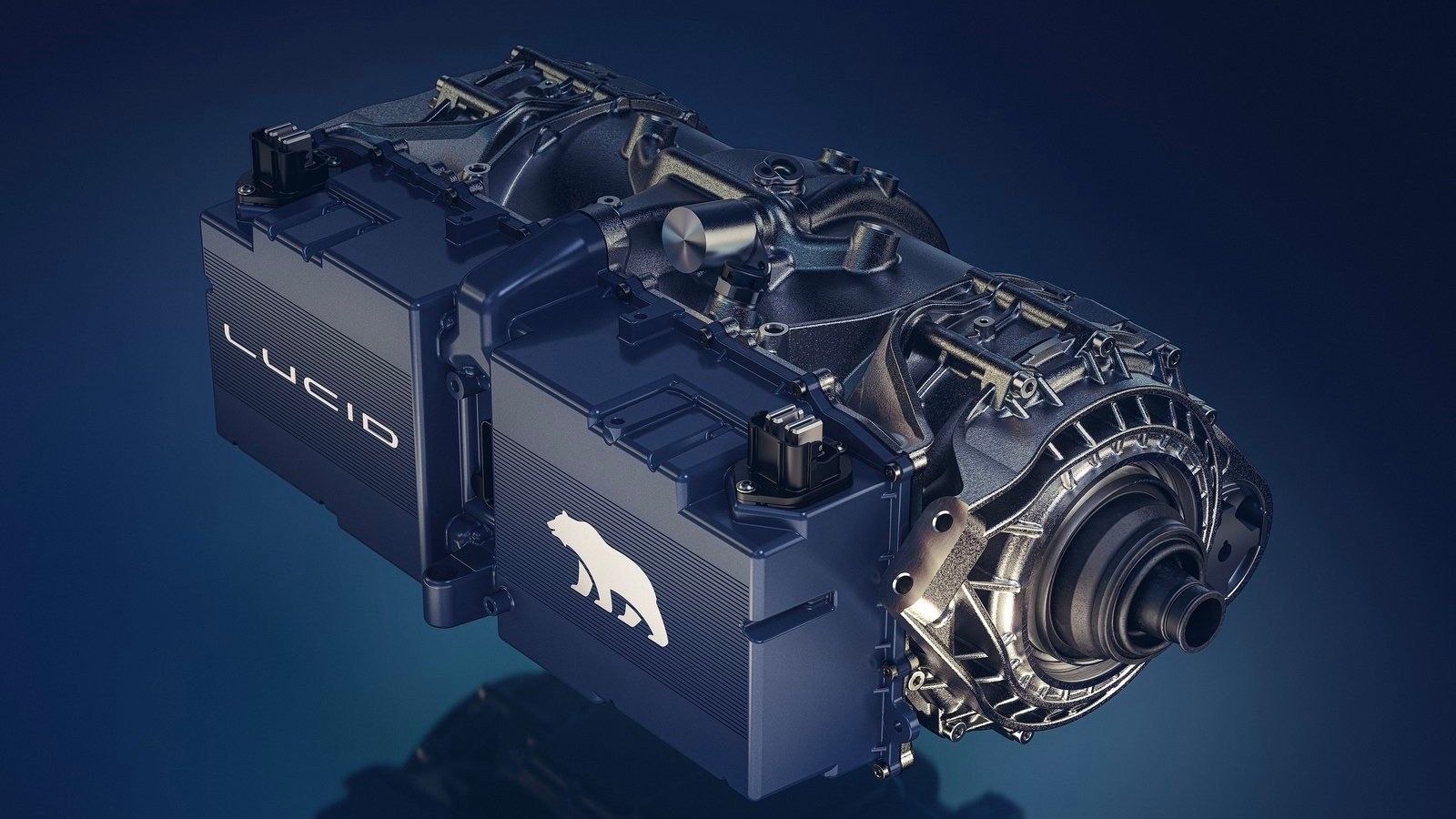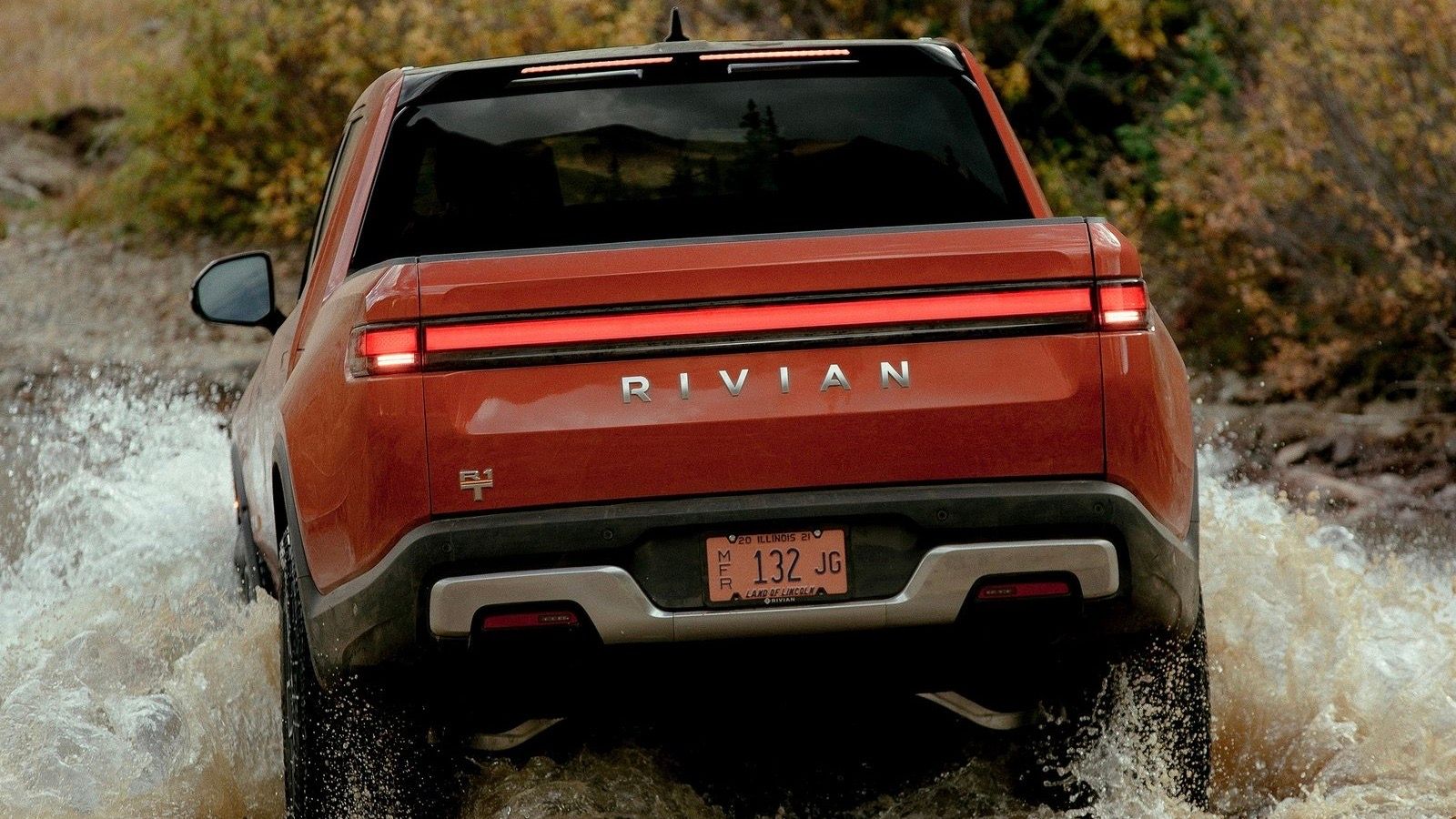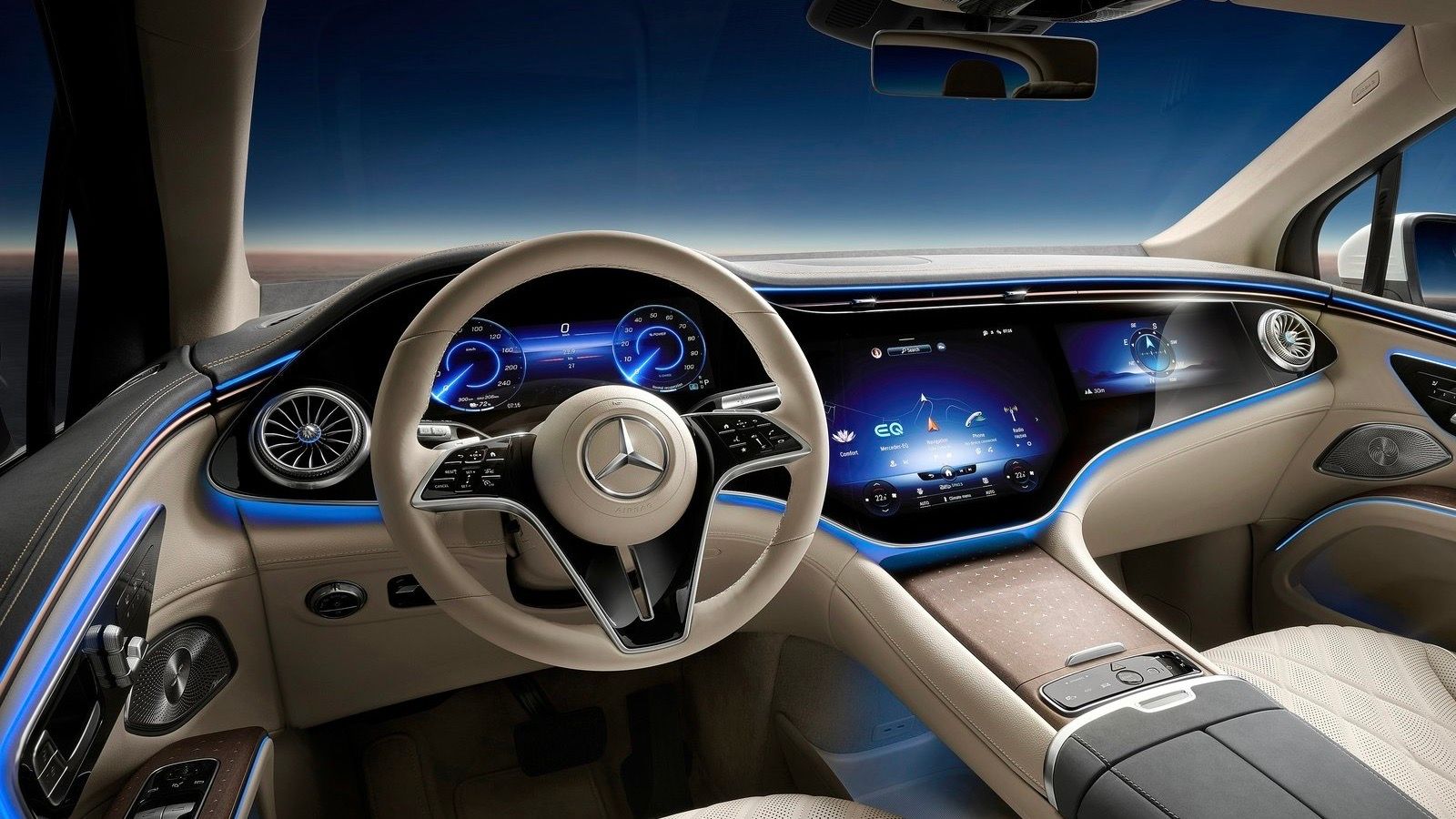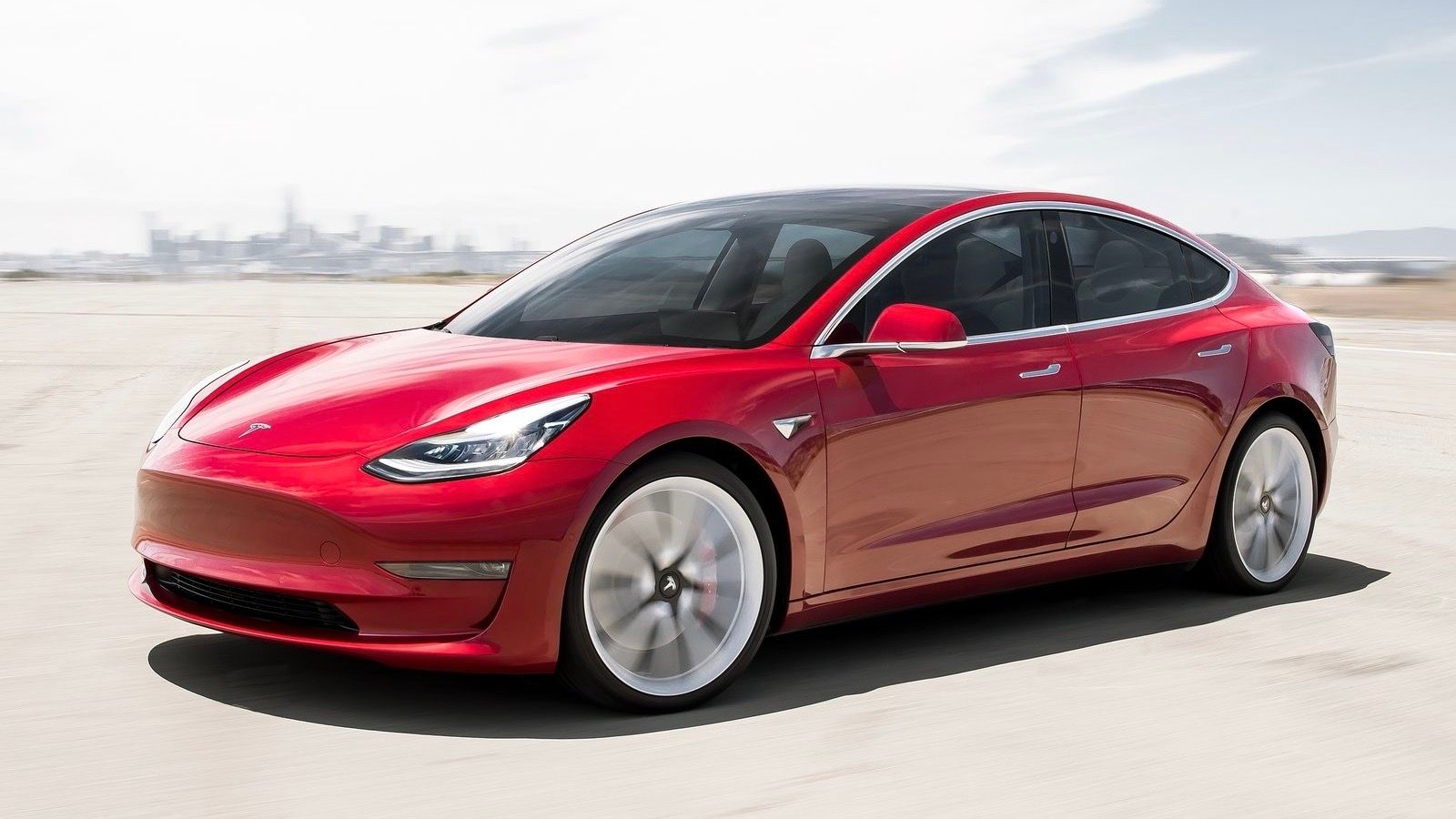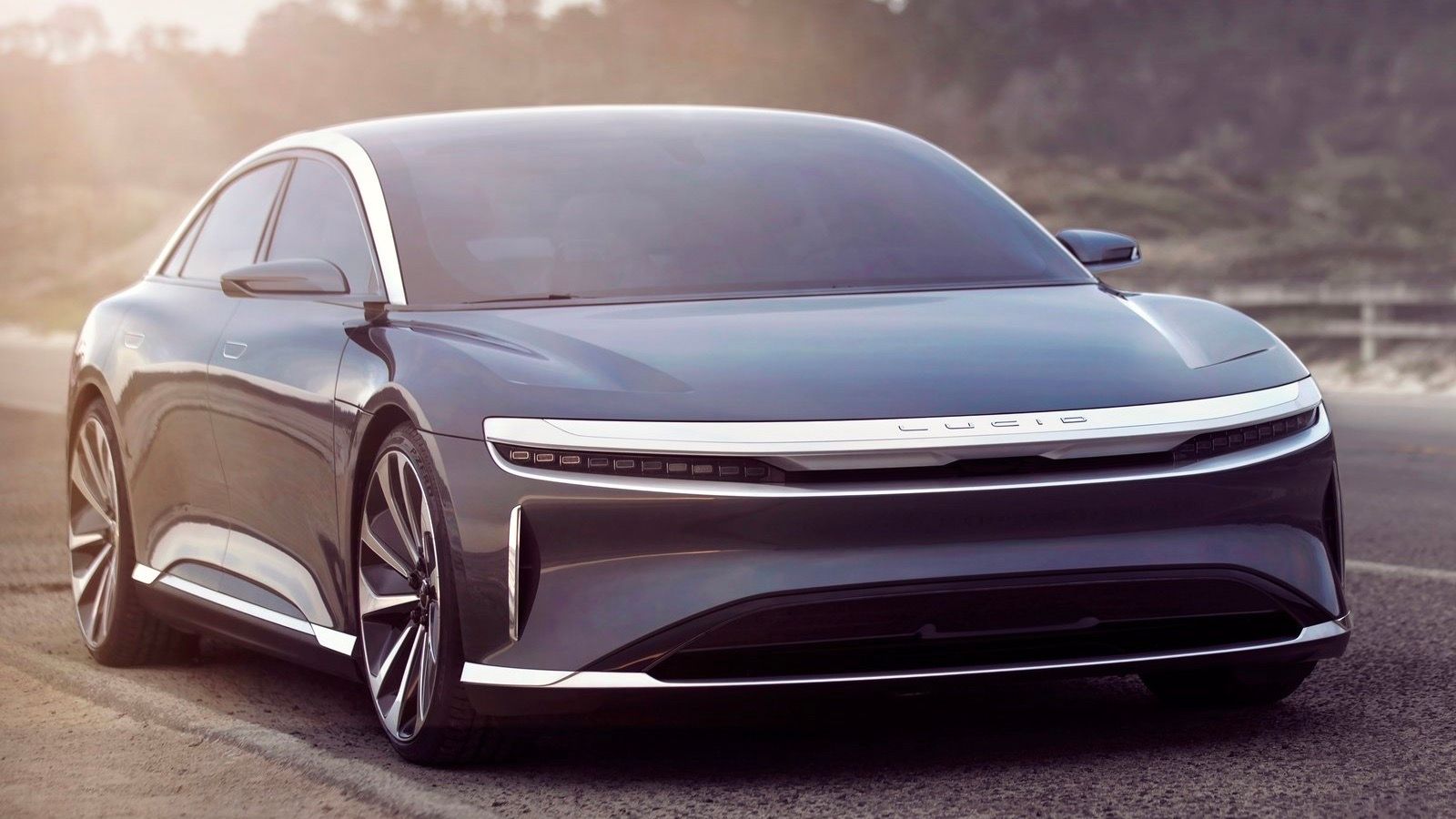With electrons leading the way for automobile propulsion into the coming decades, it’s only natural that some car enthusiasts are embracing the change that shows promise and opportunity, while others cling on to the petroleum-powered past. The automotive world is changing with continued efforts toward reducing greenhouse emissions, the sports car landscape is undoubtedly changing too. Customer feedback has suggested that what people want for their future vehicles are generally four doors, tons of space for their stuff, a tech-filled cabin, and that there really is no such thing as too much power. Automakers are providing transportation solutions aiming to hit these main points all in one car. Ironically in the internal combustion-powered market, the sedan segment had been steadily decreasing in popularity just as the electric revolution started, and suddenly the sedan recipe made sense again, mostly because of packaging and ergonomics. The EV market is hyper-focused on being your one-car solution as efficiency is the overall name of the game. This is how you arrive at track-ready Teslas and Rivian pickup trucks that can out-handle some sports cars in the canyons. Here are a few key reasons drivers and even enthusiasts are embracing the power shift to electricity.
10 EVs Make All The Power
Once upon a time Electric vehicles neither provided neither adequate range, nor the power required to even drive at the level of entry-level ICE vehicles. Now the tables have turned and not only are electric vehicles some of the quickest on the planet, they often operate as well as or sometimes better than their gasoline-powered counterparts. Zero to sixty in under 4 seconds is very common for electric vehicles, a figure in which the gasoline era of cars took many decades to achieve. Kia’s EV6 GT will offer 576 horsepower, a wildly powerful car even by today's everyday standards. The upper echelon EVs like Tesla’s Model S Plaid offer 1,000+ horsepower and these are not two-door lightweight super-coupes. We are talking about daily-driven sedans with more power than Bugatti Veyrons.
9 With Electric Vehicles, Silence Is Golden
Noise pollution is a serious issue that automakers and city planners deal with on an annual basis. Teams of people dedicate years of research and development towards making the environments we live in more comfortable. Something often overlooked is the amount of noise we emit in our immediate vicinity. In developing countries, noise pollution comes in the form of loud two-stroke scooters and the constant hum of horns. The fact is, most internal combustion engines emit quite unpleasant noises. While enthusiasts may enjoy some sportier car engine notes, the vast majority of drivers find them to be an annoyance. Electric vehicles immediately eliminate this source of noise pollution as they naturally run silently. Automakers have actually had to add sound back into electric vehicles to comply with ADA/Pedestrian protection programs allowing those who rely on a sense of sound to more safely navigate public spaces that include silent-running electric vehicles. The sound is typically minimal and less abrasive than that of traditional internal combustion engine-powered vehicles. There is a balance between the luxury of lowering noise pollution and basic pedestrian safety that automakers seem to strike perfectly in the latest.
8 No Transmissions To Deal With
For decades manufacturers have been refining the transmissions they utilize in ICE cars. The dual-clutch transmission virtually eliminated shift shock and power loss however the change in gear ratio and therefore power delivery from the gasoline engine still existed. It’s technically the quickest way to go in an ICE vehicle unless you like to stir the pot yourself and use a manual. If you’re serious about going fast though, you’d want to eliminate any delay in power delivery. It’s exactly why EVs are being praised, because they have no delay in the transmission of power. No gears mean you get all the electric motor’s power from 0 miles per hour all the way to top speed. This characteristic also eliminates the potential to upset the chassis through shift shock at the limit, say, in a track-driving situation.
7 More Available EV Chargers Than Ever
Charging networks (especially Tesla’s) continue to multiply. There is currently a race to develop and install new, quick, and convenient charging stations all over the country. More chargers, and efficient ones mean easier commuting. There are two components to the problem of electric vehicle energy. First, until now, the battery packs in EVs haven’t been up to the task of providing enough real-life range for those who actually want to explore with their vehicles. This is changing. The second and perhaps more immediate problem is the reliability and efficiency of current public chargers. You can always charge at home, but those types of chargers aren’t as capable as some of the strongest public chargers. Before you would not only have to wait for extended periods of time to charge your own car, but there have been lines at stations causing even more of a delay. With charging networks growing, it is now easier to simply drive to the next station as if you would in a crowded gas station. Reliability and efficiency issues are slowly being solved as well, meaning less fear of missing a vital charge and theoretically quicker charge times. These relatively large issues take time to work out, but considering you can cross the country in an EV with far fewer planned stops than just a few years ago shows great progress.
6 EVs Are Low Maintenance
There’s nothing more annoying than having to take your car to the shop for maintenance. Fluids, oils, spark plugs, moving parts, the list goes on. With so many sophisticated and often times delicate parts found in internal combustion engines, electric vehicles eliminate the need for traditional maintenance as most of their updates can be achieved via over-the-air (OTA) updates to software. With only one rotating part, the electric motor itself, there is far less potential for mechanical failure. With regenerative braking, EVs can rely less on traditional brakes instead turning forward motion into energy while slowing the vehicle. EVs are notorious for requiring less maintenance when it comes to consumable brake components.
5 New Exciting Brands Are Making The Best EVs
Some of the best new EVs are from brands you barely know. Companies like Lucid, Rivian, Polestar, and Vinfast are offering all-electric lineups, most starting out as electric-focused manufacturers since their inception. While well-established brands are working on EVs of their own, it’s the New Kids on the Block that seem to be reaching for the stars. Lucid offers a large American sedan with unbelievable horsepower figures (up to 1200), and a range of around 500 miles. Rivian is bringing big power and capability too with the R1T’s three-second 0-60 mph time, 11,000-pound towing capacity, and available quad motor powertrain or “Max Pack” battery giving the pickup a respectable 400-mile range.
4 Over-The-Air Updates Are A Boon In A Lot Of Cases
Since most of what powers electric vehicles is software and electronics, over-the-air updates are a huge perk to going electric as they are updated as easily as your cell phone or laptop. This means as new features are developed or better yet, invented, manufacturers can send and “install” these features seamlessly and remotely. While some gasoline-powered cars have some OTA update functionality, it's the electric ones that can benefit from features like Tesla’s “Track Mode” a digital update that manipulates the electric powertrain of the Model 3 that allows drivers to extract even more from their car while driving on the track. By using a combination of braking, brake-regen, and torque management, the clever Tesla can play with physics in ways never seen in the ICE-powered era.
3 EVs Are True Sleepers
Even the faster versions of electric cars look pretty similar to the base model counterparts. Gone are the times of added scoops, and giant wings, or big cross-drilled rotors indicating you drive a seriously fast machine. The truth is EVs can’t afford to visually be ridiculous. The majority are sedans and that just isn’t a segment in which the boy-racer stuff appeals anymore. EVs must already be aerodynamically efficient with the right amount of holes in its bodywork (or not). EVs are dependent on regenerative brakes, a technology that doesn’t use cross-drilled rotors due to surface area issues, and more importantly, the inherent heft that comes with electric vehicle battery packaging. Wings are cool, but they cause drag, a range killer that manufacturers try so hard to mitigate. What you’re left with is a very aerodynamically slippery vehicle with immense power but nothing really to show its speedy performance. Other than some new wheel designs and maybe a color scheme, performance models go largely under the radar, until you witness the pure potency of one firsthand.
2 Electric Vehicles Have a Low Center of Gravity
Weight is a sports car’s biggest enemy and electric cars, for the time being, will inevitably be a bit on the heavier side. There is however a silver lining. Having the heaviest components of the vehicle-mounted as low as possible (as near to the axles as possible) means your electric vehicle, albeit heavy, should have a stellar center go gravity allowing it to hustle through corners. Having a low center of gravity is every enthusiast's dream, and now it comes basically built into most electric cars. Since most battery packs and electric motors are mounted at or below the axles, you can count on EVs providing an impressively low center of gravity.
1 The Constantly Improving Range
It’s become clear that until the network of chargers is plentiful, fast operating, and more importantly, reliable, the range of electrically driven vehicles must improve. Range anxiety has been a major obstacle for automakers, and pushing battery/powertrain capabilities to the limit has resulted in a surprising amount of range capability in newer EVs. It is now possible to see higher range estimates in some EVs than some ICE cars. With companies offering extended range models, the tables are turning and this is a great step toward easing those range anxiety blues.

